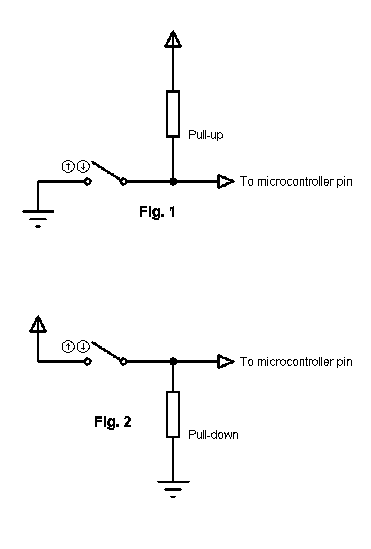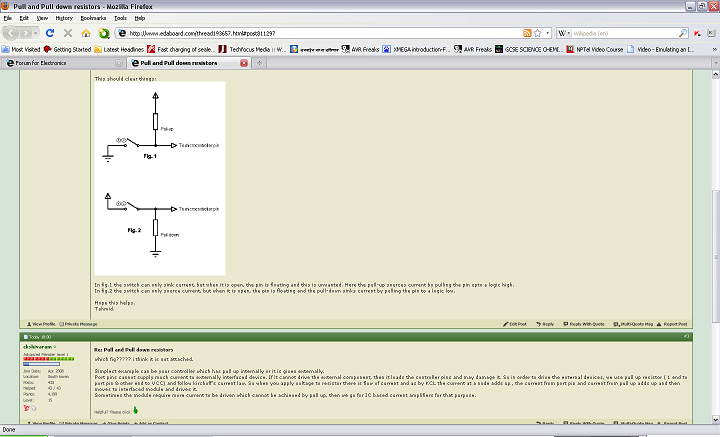snaku
Junior Member level 3
Pull up and Pull down resistors
Could you please suggest me some practical circuits having pull-up and pull-down resistors, to understand this concept well?
Could you please suggest me some practical circuits having pull-up and pull-down resistors, to understand this concept well?

